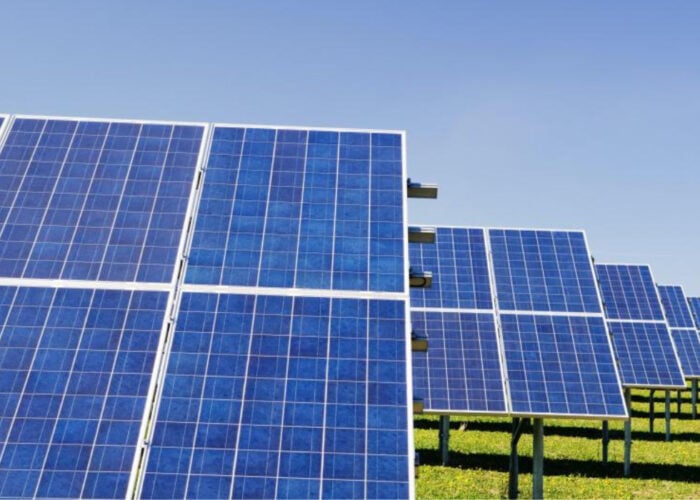
While most coal-fired power stations in Australia are expected to close in the 2030s, UK-based research group Cornwall Insight predicts that the last will not close until the 2050s.
Speaking exclusively to PV Tech, Thomas Fitzsimons, a senior modeller at Cornwall Insight, said that although Australia has made solid progress in increasing renewable energy generation, with the National Electricity Market (NEM) having added 1.2GW of large-scale solar PV in 12 months, coal-fired power will still play a role in the electricity mix for the next few decades.
Unlock unlimited access for 12 whole months of distinctive global analysis
Photovoltaics International is now included.
- Regular insight and analysis of the industry’s biggest developments
- In-depth interviews with the industry’s leading figures
- Unlimited digital access to the PV Tech Power journal catalogue
- Unlimited digital access to the Photovoltaics International journal catalogue
- Access to more than 1,000 technical papers
- Discounts on Solar Media’s portfolio of events, in-person and virtual
Recent research from Cornwall Insight indicated that coal-fired power stations could operate beyond the Australian Energy Market Operator’s (AEMO) predicted full withdrawal date of 2038. Clean Energy Council (CEC) CEO Kane Thornton exclusively told PV Tech at the recent All-Energy Australia 2024 event that the AEMO’s prediction was the “same timeframe that we [the CEC] are working towards”.
Cornwall Insight’s predicted extension of coal-fired power generation is primarily due to concerns surrounding workforce shortages and a lack of the “necessary renewable energy infrastructure” that will not be built quickly enough to replace lost capacity.
“While most of the coal-fired generators are retired in the 2030s, a portion remain online into the 2040s, and the last coal-fired generator does not close until the 2050s,” Fitzsimons told PV Tech.
It is worth noting that coal-fired power generation will be overtaken by rooftop solar PV by the end of 2024.
Queensland to lead Australia’s energy transition
Fitzsimons has also predicted that Queensland will see the biggest change in renewable energy capacity in the future, rising from around 50% today, to around 83% by 2035.
This will be mainly driven by the closure of coal-fired power plants in addition to the significant renewable energy buildout currently being undertaken in the state. Indeed, PV Tech recently reported that solar PV had been installed on over 50% of Queensland’s houses, according to data from the not-for-profit organisation the Climate Council.
Queensland has advocated for rooftop solar PV and introduced varying government support to rapidly scale up. For instance, in June 2024, the state government designated two Local Renewable Energy Zones (LREZ) in Townsville and Caloundra.
Despite this, Fitzsimons noted that the research group’s predictions “may yet have to be revisited” following the recent state election, which saw David Crisafulli’s right-wing Liberal National Party (LNP) of Queensland elected to lead the government. This change of government has raised questions regarding the future of Queensland’s energy policy and whether it will commit to the legislated renewable energy targets and the withdrawal of coal-fired power.







